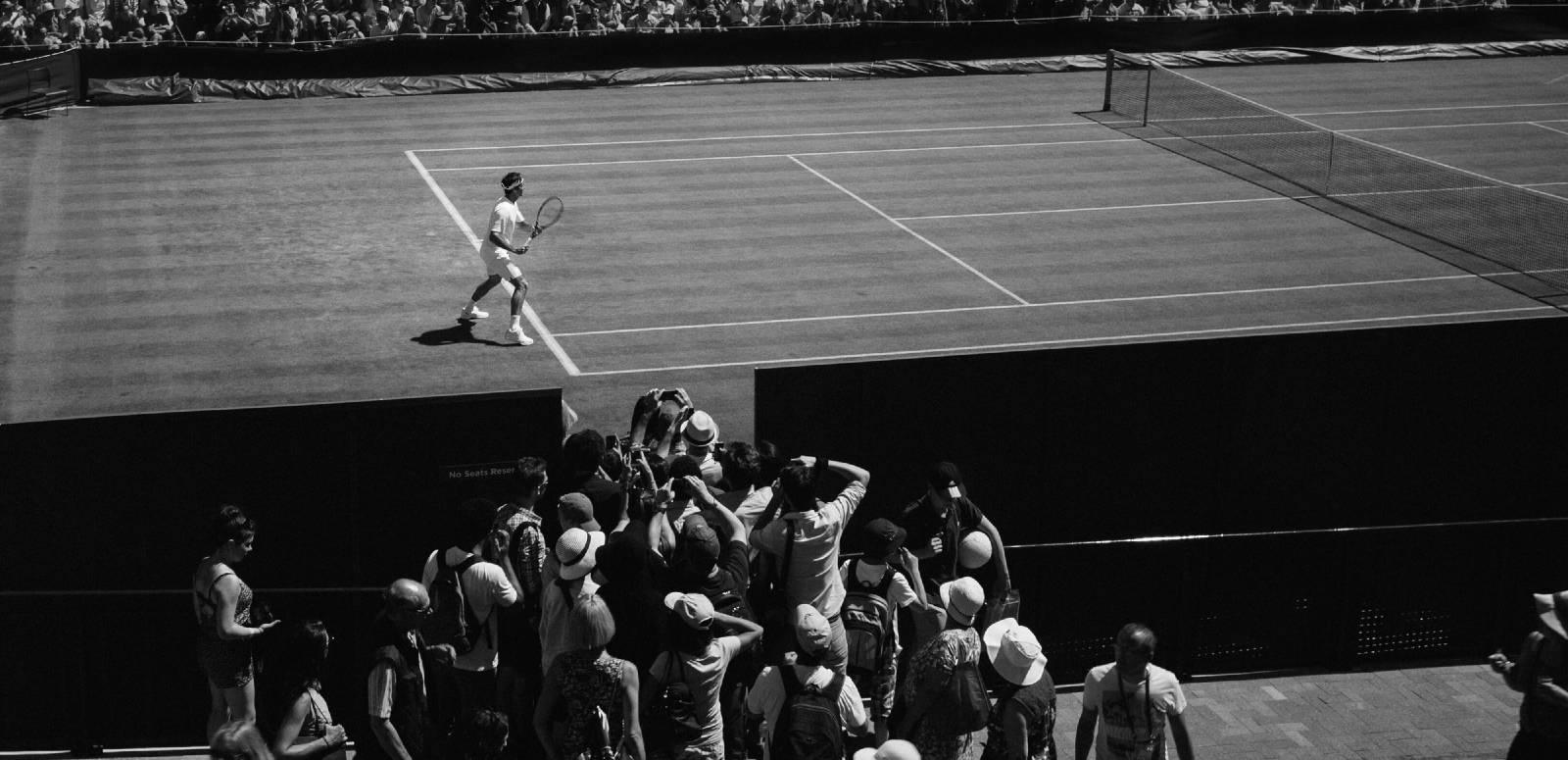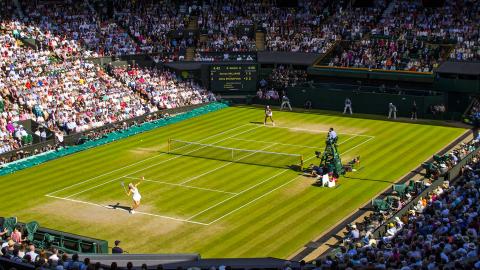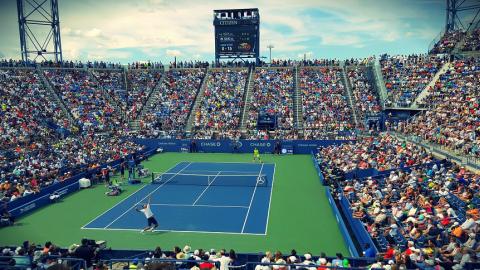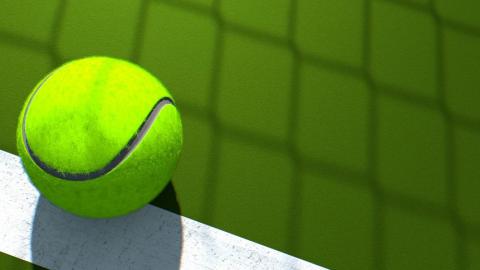

Australians Playing at Wimbledon
Australian Tennis Stars at Wimbledon
Johnny Milner explores why Australian tennis stars have excelled on the traditional grass court at Wimbledon.
Kicking Grass
Like many sports, tennis is steadfast in sticking to its rules and traditions, its quirks and characteristics – haughtily, you might say, even stubbornly. And why not? The game has been embraced worldwide, with an estimated billion-plus regular spectators and players.
In the tennis world, one tournament stands above the rest in terms of tradition and prestige – Wimbledon, situated at the All England Club in leafy south-west London. It was here at the inaugural tournament in 1877 that officials determined the rules that form the basis of the modern game – establishing the dimensions of the court, the height of the net, the different formats (such as one-on-one singles or two-on-two doubles), and also that unique scoring system (which can – to losing fans – seem dreadfully unfair).
Wimbledon remains on grass, despite the international domination of more convenient, non-seasonal-dependent surfaces – surfaces such as hard court (at the Australian and US Opens) or the clay court (French Open), which favours bounce and spin.
Looking back across the history of Wimbledon, Australian players seem to have been comfortable playing on grass courts. Australia’s successes have ridden on the back of a long line of serve-volleyers ideally suited to the low, skidding and fast conditions of the traditional grass surface.
These include players such as Rod Laver, Margaret Court-Smith, Evonne Goolagong Cawley, Roy Emerson, John Newcombe, Pat Cash and Pat Rafter, as well as doubles champions such as Mark Woodforde and Todd Woodbridge.
The following clips in this article profile the traditional style of some of the great Australian players.
Brookes, Laver, Court and Cash
Bicentennial Minutes, 1988. Courtesy: Peter Luck Productions. NFSA title: 43477
In the clip above we see imagery of Norman Brookes, the first Australian, non-English player and the first left-hander to win Wimbledon, in 1907. Known as 'the Wizard', and always attired in long sleeves and cloth cap, Brookes's controlled speed in ground shots and his aggressive net attack both gained him quick points and took him to the top of international tennis.
How It's Played: Tennis Secrets by Rod Laver, 1961. Courtesy: Cinesound Movietone Productions. NFSA: 130935
The clip above features silent footage of Rod Laver, a masterful stroke-maker who won Wimbledon four times. It shows Laver providing instruction on shot and grip technique. Laver, like most players of that era, used what is called a continental grip – where the palm of the hand is placed on the top bevels of the racquet.
Passed down from player to player, this was the ideal grip for a game that had been played almost entirely on grass. It could cope with unpredictable bounces and knee-high shots, and could be used to finish off opponents with sharp angular volleys. Most shots in the tennis repertoire – forehand, backhand and volley – could be played with only the slightest grip adjustments.
Margaret Court vs Billie Jean King at Wimbledon, 1970. Courtesy: Nine Network. NFSA: 77519
This footage captures the gruelling first set of the 1970 Women's Singles Championship match between American tennis star Billie-Jean King and Australia's Margaret Court-Smith (who won more majors than any other player in history). Court-Smith's long reach, height advantage and athleticism added a new dimension to women's volleying. She was formidable at the net with lightning-fast reflexes and an effective overhead shot.
Pat Cash wins Wimbledon. Seven Nightly News, 6 July 1987. Courtesy: Seven Network. NFSA: 802810
By the 1980s, indoor and rebound ace hard courts were starting to dominate the professional circuit and though Wimbledon held steady on grass, the surface was achieving a truer and more consistent bounce. Technology was also changing in other areas – wooden racquets were transitioning to graphite, aluminium and magnesium, and new strings were emerging on the market. These changes profoundly influenced how the game was played – including developments in grip positions, shot paths and patterns.
There was also a shift to double-handed backhands and a general increase in playing speed, as well as to the imparting of topspin achieved by swinging the racquet over the top of the ball. Despite this transformation, the serve-volley continued to play a role for Australians at Wimbledon. In the clip above, we see Pat Cash deploying the technique in his famous Wimbledon win against Ivan Lendl.
Wimbledon Today
Fast-forwarding to a contemporary context, Australia's most recent Wimbledon champion is Ash Barty, the former world number one and grass-court specialist.
Barty's kick-serves and volleys were potent weapons in an arsenal that also included powerful baselines strokes, biting slices and deceiving drop shots.
Barty achieved her lifelong dream of becoming a Wimbledon champion in 2021 and announced her retirement from the sport in early 2022.
Explore more Australian winners at Wimbledon and see more footage of Australian stars from the golden age of tennis.
Main image by Howard Bouchevereau, Unsplash
The National Film and Sound Archive of Australia acknowledges Australia’s Aboriginal and Torres Strait Islander peoples as the Traditional Custodians of the land on which we work and live and gives respect to their Elders both past and present.


